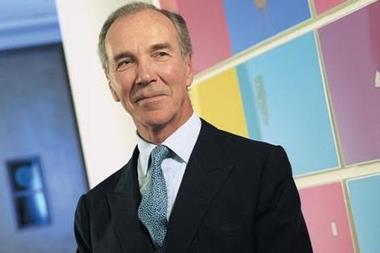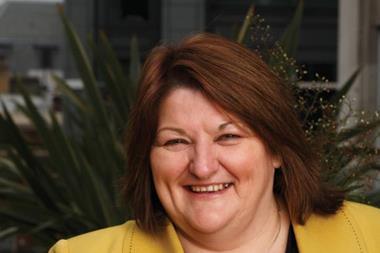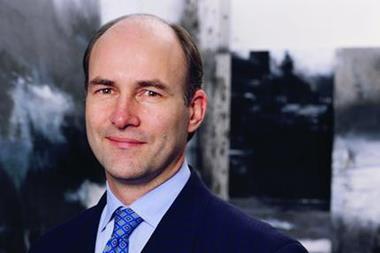The commission model isn’t working, say a number of London market leaders. But without regulation or a Spitzer-style crusade, how can the industry provoke change across the board?
It’s like 2005 all over again. The payment of commissions to brokers retook centre stage in the London market last week after several chief executives – from brokers and insurers alike – used their annual results as a platform to launch attacks on broker remuneration.
The chief executives criticised the commission payment model itself, under which brokers get a cut of the premium paid by customers rather than a fee paid by the client. And they also targeted associated behaviour, such as the payment of contingent commissions: where an underwriter will offer brokers an additional payment based on the volume or profitability of the business.
The comments come as many London underwriters are bemoaning several brokers’ continued attempts to earn more money from them, either by charging an additional fee for the administration services they provide on London market-placed business, or through consulting services, such as Aon’s GRIP – another area included in the latest round of criticism.
Hiscox chairman Robert Hiscox fired the first shot, dubbing the commission model “a deficiency in the insurance market”. He pointed out that commissions lead to conflicts of interest – a broker could place business with the insurer paying the highest commissions rather than the best one for the job – and also give the false impression that clients are getting brokers’ services for free.
A day later, Jardine Lloyd Thompson chief executive Dominic Burke weighed in, fully supporting Hiscox’s comments and arguing that the big three brokers would not be able to compete in a fee-only environment because they are so used to topping up their revenue with commissions.
“In terms of going to net rates, I would sign up to the mandate tomorrow if you got everyone else to sign up to it,” Burke told the press conference announcing JLT’s 2010 results. “We would win.”
If that were not enough, Novae chairman John Hastings-Bass, a former JLT executive, opined in his firm’s 2010 results statement that former New York attorney-general Eliot Spitzer’s crusade in the mid-2000s against contingent commissions had made the relationship between the underwriter and broker more transparent. “Novae will remain a strong supporter of this principle as attempts are made to erode the achievements of recent years,” he wrote. “Our industry lost credibility at that time and we must ensure that this does not happen again.”
The answer appears simple: move to a fee-based model and all is solved. The client will pay the broker, removing conflicts of interest and creating an awareness of the value a broker brings to the transaction.
But it will not be easy. Commissions are typically not set by the client, and so are essentially invisible to them. As such, they may baulk if suddenly asked to pay fees for services they have previously considered part of the package. Equally, brokers may be reluctant to move to an all-fee model if their rivals do not agree to do the same.
Where fees are used, brokers may be unable or unwilling to charge the client appropriately. Hiscox said brokers have been reluctant to charge the proper amount, with fees dwindled by “ridiculous” competition. As a result, they try to make up the shortfall by charging underwriters.
Some feel, therefore, the only way to change the market is regulation. Hiscox warned of Spitzer’s second coming: “I hope that it will be resolved sensibly before a solution is imposed either by the law, or again by a crusading regulator.”
The memory of the Spitzer days sends chills down the back of many brokers’ necks. The outcome will depend on what brokers fear more: regulators or rivals. IT
Hosted by comedian and actor Tom Allen, 34 Gold, 23 Silver and 22 Bronze awards were handed out across an amazing 34 categories recognising brilliance and innovation right across the breadth of UK general insurance.














































No comments yet